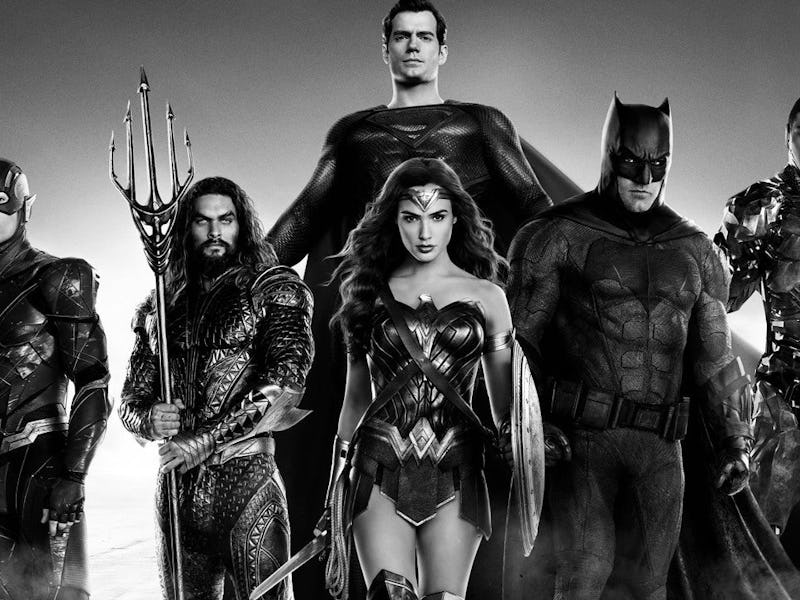A major bot infestation just derailed Zack Snyder's grassroots legacy
Fan-led movements may have been supported.

The story of the Snyder Cut is a mythological saga worthy of a Zack Snyder movie. The four hour cut of the previously decried Justice League became a flagship release for HBO Max shortly after its launch, and a watershed moment in fan activism (or, depending on your viewpoint, fan petulance).
But was this movement as fan-led as we first thought? A report from Rolling Stone claimed Warner Bros. ran an inquiry into the movement and found that 13% of the accounts clamoring for the Snyder Cut’s release were actually bots.
That’s far more than the five-ish% of bots that generally make up social media interactions. How does this change our opinion of the movement? It’s certainly giving some much-needed perspective to what, at the end of the day, is still a big budget production released by a massive corporation.
13% bots means 87% real fans, which is still a good showing for the fandom, but what was billed as an entirely grassroots movement really had a significant proportion of AstroTurf. Furthermore, the Rolling Stone article revealed that Zack Snyder was actively working to stoke fan engagement after the release of Batman v. Superman: Dawn of Justice. Could he have done something similar in conjunction with the Snyder Cut movement?
Zack Snyder, Henry Cavill, and Ben Affleck at CinemaCon 2017.
That leads to the question of where all these bots came from. Even if they were the creation of fans looking to automate their already loud social media activity, the numbers were artificially bloated. The fandom also worked to review bomb other Warner Bros. movies like Godzilla vs. Kong and Suicide Squad, despite both of them outperforming Zack Snyder’s Justice League. A supposed grassroots movement is less inspiring if it has to tear down unrelated films just to prove their point.
Zack Snyder may not have actively encouraged these actions, but he also refused to discourage them, telling Rolling Stone “Furthermore, I do not control my fans. They have their own will and their own opinions; you really give me too much credit.” But considering his monumental influence on the superhero film fandom, that feels like a lazy copout.
Zack Snyder on the set of Zack Snyder’s Justice League.
This doesn’t mean the Snyder Cut didn’t “deserve” to happen. But, more than a year later, it’s worth remembering that this project came to be through some less-than-real accounts, less-than-helpful actions, and a lot of Hollywood machinery. It’s important to take the Snyder Cut for what it is — a popular blockbuster film re-released to promote a streaming service after some prompting by fans, not a fan-founded movement brought to fruition by “the little guy.”
Zack Snyder’s Justice League is now streaming on HBO Max.